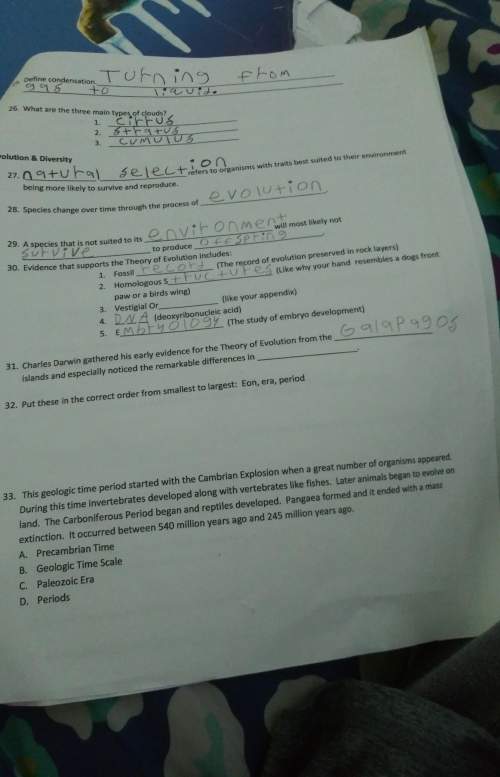
Analyzing the Light Bulb: You should have noticed that the light bulb doesn't have a single well-defined "resistance," since the current vs. voltage plot is nonlinear. Nevertheless, one can define a "voltage-dependent resistance" as R(V)=V/I(V)as the ratio of voltage to current.1Basic Behavior: According to your data, does this resistance increase or decrease with voltage? A reasonable (and correct) thought is that the impact is really with temperature, as the light bulb heats up with more power going into it. How does your data imply resistance varies with temperature?Thermal Expansion: One hypothesis you might have is that the reason is that the resistor expands slightly with increased temperature (since most materials do), and hence the cross-sectional area and length of the resistor change. Supposing the resistor increases in size by the same factor in every direction, what direction does the resistance change? (I. e., does the resistance get larger or smaller?) Is this the direction that you expect based on your answer to the previous part?

Answers: 2
Other questions on the subject: Physics

Physics, 21.06.2019 23:30, asco0317p34v1s
Classify the following soils according to the uscs classification system. provide appropriate uscs designations. a) this sample of well-graded gravel with sand was obtained from a large earthen dam in vancouver, canada. the sample has 73% fine to coarse sub-angular gravel, 25% fine to coarse sub-angular sand and 2% fines. the maximum size of the particles is 75 mm. the coefficient of curvature is 2.7, while the uniformity coefficient is 12.4. b) this dark brown and wet soil with a “strong organic odor” has 100% passing the no. 200 sieve. the liquid limit of the material is 32% when not dried and is 21% when oven-dried. the plastic index is 21% when not dried. c) this sand has 61% predominantly fine sand, 23% silty fines, and 16% fine sub-rounded gravel size. the maximum size is 20 mm. the liquid limit is 33% and the plastic limit is 27%. d) this soil has 74% fine to coarse sub-angular reddish sand and 26% organic and silty dark brown fines. the liquid limit is 37% when not dried and is 26% when oven dried. the plastic index is 6% when not dried.
Answers: 1

Physics, 22.06.2019 01:00, yedida
What is the relationship between atmospheric pressure and the density of gas particles in an area of increasing pressure? (2 points) as air pressure in an area increases, the density of the gas particles in that area decreases. as air pressure in an area increases, the density of the gas particles in that area increases. as air pressure in an area increases, the density of the gas particles in that area remains constant. as air pressure in an area increases, the density of the gas particles in that area increases and decreases in an alternating pattern. 3. which of the following correctly describes a way in which earth's atmosphere interacts with the geosphere? (2 points) it contains gases that living organisms breathe. it contains gases that trap incoming solar radiation. it provides a medium for cycles that provide nutrients to living organisms. it provides a medium for water to move between earth's surface and the air. 4. which of the following is considered a drawback to using wind energy as a source of power? (2 points) wind energy is nonrenewable. wind energy produces large amounts of air pollution. wind turbines can kill birds that fly through the rotors. wind turbines are built too close to major population centers. 5. a meteorologist predicts that the weather in a region will soon change from clear skies to probable thunderstorms. prior to making this prediction, what did the meteorologist most likely observe on a barometer? (2 points) the barometer fell slightly. the barometer fell substantially. the barometer rose slightly. the barometer rose substantially. 6. which of the following do meteorologists not typically use weather balloons to record? (2 points) atmospheric pressure cloud types humidity temperature 7. during which step in the can crush lab did water vapor force air from the can? (2 points) the can was filled nearly to the top with water. the can was placed on the hot stove top burner for several minutes. the can was removed from the hot stove top burner. the can was placed upside-down in the water-filled pan.
Answers: 3

Physics, 22.06.2019 04:00, mathnation1
If steel is more dense that lake water, why can a boat float
Answers: 1

Physics, 22.06.2019 13:10, andreanaapollon7593
Which additional product balances the reaction h2so4 + 2naoh → na2so4 + 2h2o 2oh h2o2 h3o
Answers: 1
Do you know the correct answer?
Analyzing the Light Bulb: You should have noticed that the light bulb doesn't have a single well-def...
Questions in other subjects:

Mathematics, 24.08.2019 14:30

Biology, 24.08.2019 14:30



Mathematics, 24.08.2019 14:30



Physics, 24.08.2019 14:30


Geography, 24.08.2019 14:30







